As this answer indicates, a good way to parse HTML in JavaScript is to simply re-use the browser's HTML-parsing capabilities like so:
var el = document.createElement( 'html' );
el.innerHTML = "<html><head><title>titleTest</title></head><body><a href='test0'>test01</a><a href='test1'>test02</a><a href='test2'>test03</a></body></html>";
// process 'el' as desired
However, this triggers loading extra pages for certain HTML strings, for example:
var foo = document.createElement('div')
foo.innerHTML = '<img src="http://example.com/img.png">';
As soon as this example is run, the browser attempts to load the page:
How might I process HTML from JavaScript without this behavior?
